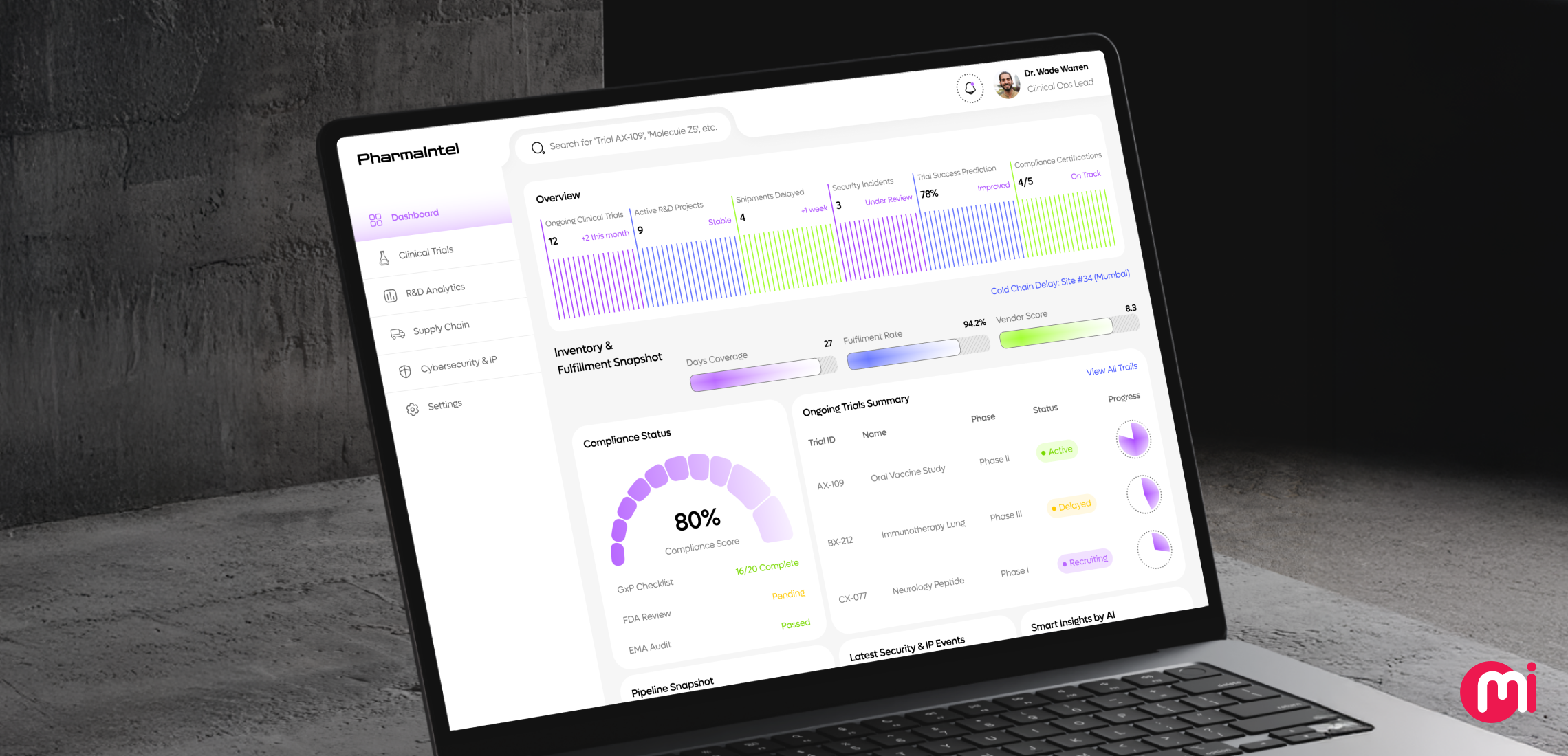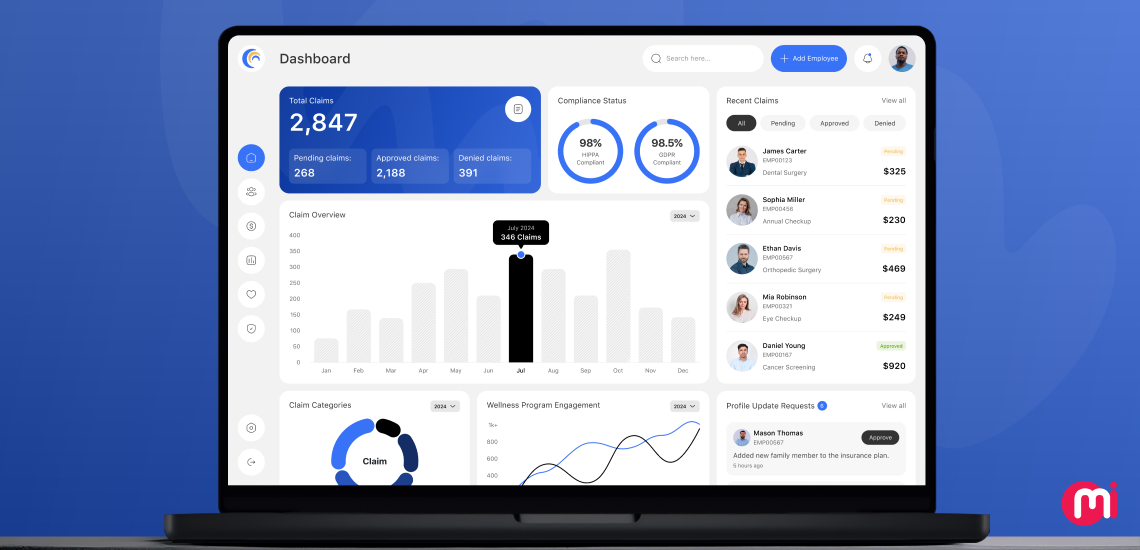Everywhere we look, data is being generated. From closed deals to customer interactions, operational processes to system outputs, data is omnipresent. Whether it’s data from ERP, CRM, HRIS, SCM, POS systems, or insights from email campaigns, website analytics, chatbots, NPS surveys, or inventory sensors, data is the lifeblood of modern businesses.
However, raw data on its own is merely noise. Its true power lies in being transformed into actionable insights, foresight, and strategic business decisions. This is where the realm of data science services, particularly in business intelligence and analytics, comes into play.
Both BI and BA contribute to decision intelligence, albeit in different ways. This article aims to elucidate the disparity between business intelligence and business analytics in a straightforward manner.
Before delving into the intricacies of BI vs. BA, let’s first explore the realm of Business Intelligence or BI.

What is Business Intelligence?
Business intelligence (BI) involves the collection, management, analysis, and visualization of raw organizational data to derive valuable insights. These insights serve as a compass for decision-makers, enabling them to make informed choices regarding business operations and strategies. The evolution of BI from its predecessors, data management systems and decision support systems (DSS), which emerged in the 1960s and 70s, has been remarkable.
BI has transcended beyond mere reports, charts, and dashboards. It heralds a new era in replacing intuition-based decisions with data-driven business management.


The primary role of business intelligence is to elucidate “what and how it happened” (descriptive analytics). This summarization of historical and present organizational data aids in tracking performance, identifying trends, and comprehending the current state of the business.
Enterprises leverage various business intelligence techniques such as data mining, data analysis, Extract Transfer Load (ETL), descriptive analysis, data visualization, querying, Online Analytical Processing (OLAP), among others, to obtain a synopsis of organizational data.
BI serves decision-makers by providing answers to questions like:
- Curious about past sales figures?
- Need to monitor inventory levels across regions?
- Interested in comparing last quarter’s sales performance?
Business intelligence platforms like Tableau, Microsoft Power BI, Qlik Sense, Looker, and others offer instant solutions to all such inquiries, consolidating comprehensive insights in one place.
The organizational departments that benefit from business intelligence include sales, finance, accounting, marketing, HR, customer services, executive leadership, and operations.
Real-world instances of business intelligence implementation include:
- Lotte’s adoption of customer experience analytics to tackle its high Shopping Cart Abandonment Rate (SCAR), despite attracting millions of daily site visitors.
- The automation of manual reporting processes at Coca-Cola Bottling Company, resulting in a saving of 260 hours annually and resolving the issue of restricted real-time access to sales and operations data.
- The use of a BI solution by Charles Schwab Corporation to amalgamate data from all its U.S. branches into a unified platform, facilitating branch managers to detect shifts in client investment needs and enabling leadership to swiftly assess regional performance.
Organizations can either hire a business intelligence engineer or collaborate with a company offering data visualization services or hands-on experience with BI tools to leverage the benefits of business intelligence.
Learn more about Cloud business intelligence.


What is Business Analytics?
Business analytics involves the analysis of data (structured, unstructured, and semi-structured) to uncover insights and predictions that can enhance decision-making within a business context. This approach incorporates statistical methods, quantitative techniques, computing technologies, predictive modeling, forecasting, and more to convert raw data into actionable information.
BA transcends beyond merely understanding “what happened” and “how it happened” in BI. It empowers organizations to shape a secure future for themselves.


Business analytics plays a pivotal role in assisting organizations in making informed decisions, enhancing operations, gaining a competitive edge, anticipating challenges, mitigating risks, and more.
BA operates at four levels or types:
- Descriptive — What happened?
- Diagnostic — Why did it happen?
- Predictive — What might happen next?
- Prescriptive — What’s the best action to take?
The higher the level, the more intelligent the business decisions become.
The techniques employed in business analytics across these levels, tailored to specific needs, encompass data management, data mining or KDD (knowledge discovery in data), data warehousing, data visualization, reporting, root cause identification, forecasting, statistical analysis, text mining, and more.
BA is what decision-makers invest in when seeking answers to questions like:
- Which customer is likely to churn?
- How much inventory will we require for the upcoming festive season, five months from now?
- What impact will altering the pricing strategy during the festive season have?
Or any query that provides insight into the future and aids in making data-driven decisions for better control over predicted outcomes.
Finance, sales, supply chain, marketing, HR, operations, and other business departments benefit from the application of business analytics.
Impactful real-world examples of business analytics include:
- Microsoft’s utilization of business analytics, particularly workspace analytics, to evaluate the effects of an office relocation on collaboration and productivity, resulting in reduced meeting travel time by 46% and saving around $520,000 annually.
- PepsiCo’s use of predictive analytics through its cloud-based data and analytics platform, Pep Worx, to target the right consumers with the right products, driving significant sales growth for products like Quaker Overnight Oats.
- Uber’s enhancement of customer support through ML and NLP with its Customer Obsession Ticket Assistant (COTA), leading to improved ticket handling time and resolution accuracy, boosting customer satisfaction and reducing costs.
Enterprises utilize various business analytics tools like QlikView, Sisense, SAS, Splunk, KNIME, Big Data Analytics, among others.
Learn about the impact of data science on businesses.

